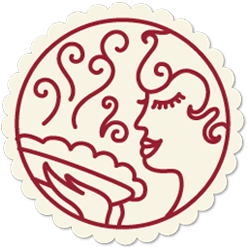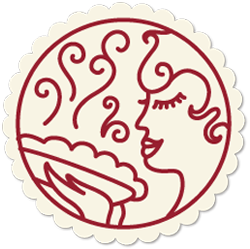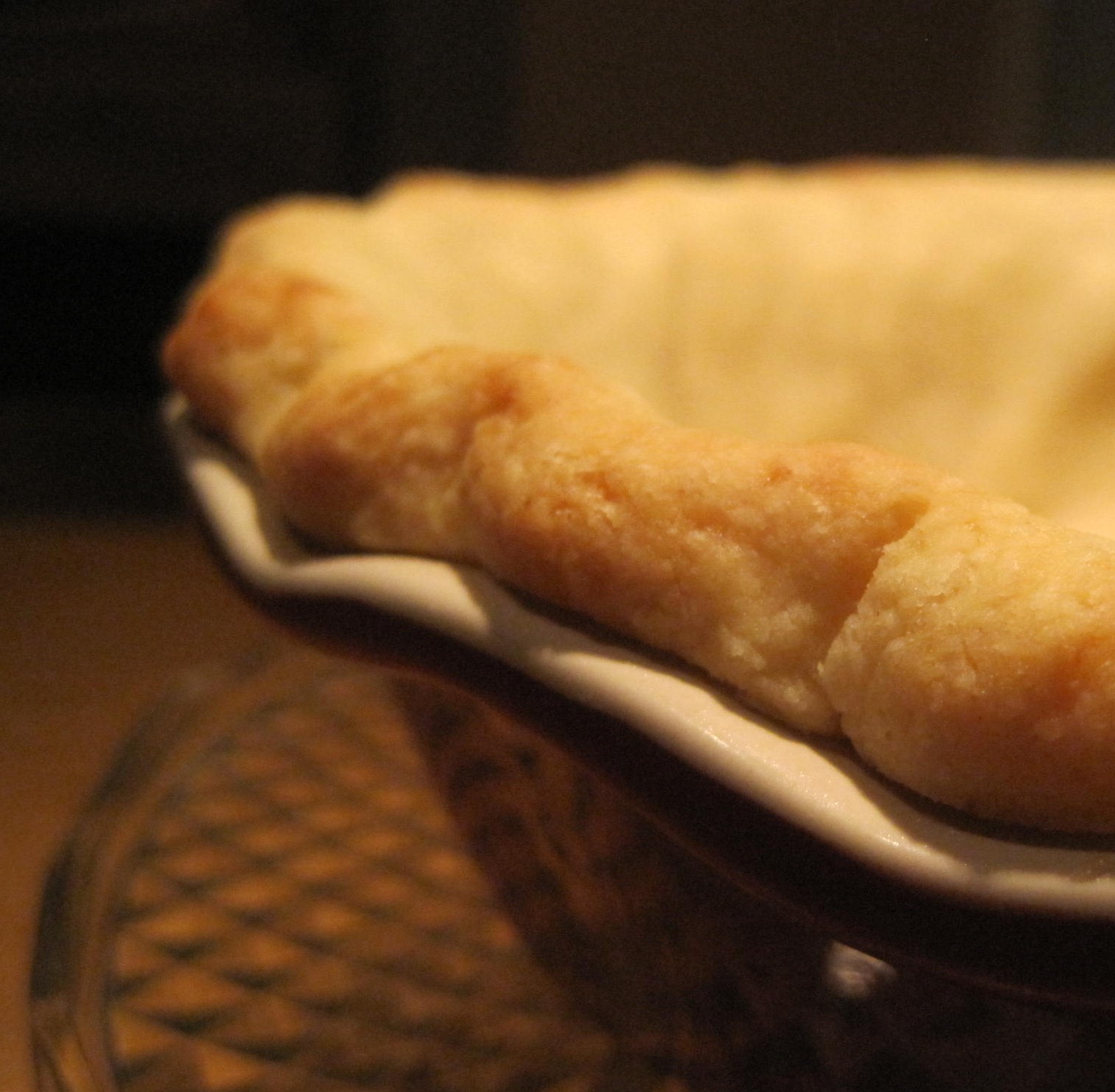Any good pie has to start with a great crust.
Recipes are as simple as they come: flour, salt, icewater and fat. But which fat you use depends on what you’re after, and what you’re willing to put up with.
Short story: Shortening makes a crust easier to work with and adds flakiness. Butter is important for flavor, but makes the dough a bit more persnickety. Lots of recipes split the difference, using half shortening and half butter. So experiment and try what works for you.
I opt for all-butter. Here is my go-to recipe:
Basic All-Butter Pie Dough
1 1/2 c. flour
1/4 tsp. salt
3-5 Tbsp. icewater
2 1/4 c. flour
1/2 tsp. salt
5-7 Tbsp. icewater
Using a pastry cutter or your hands, cut the butter into the flour-salt mixture until it’s about the size of peas, with some pieces closer to almond-size. Add the rest of the butter, and cut it in the same way. Resist the urge to cut the butter into small pieces; you want chunks to melt and create those air pockets that make a flaky crust.
Once the butter is cut in, drizzle the first bit of water on the dough, using a fork or the fingers of both hands to toss–very lightly and quickly, from the bottom of the bowl–the dough. Drizzle a little more and toss some more, incorporating the water into the dough. Keep the light-and-quick in mind. When half or two-thirds of the water has been added, squeeze a bit of the dough to see if it hangs together. If it does, forget the rest of the water. If it doesn’t, add more until the dough clumps for you.
Once it clumps, gather the dough into a ball, squeezing and working it for a few seconds, so that it is not a crumbly mess but a nice pliable ball of dough.
[The food-processor version of the above is this: cut butter into pieces and chill water the same way. Put your flour and salt in the bowl of the processor and buzz. Put in half the butter and buzz, leaving pea-sized pieces. Put the rest of the butter in and buzz, taking the same care not to preserve decent-sized pieces of fat. Buzz again as you drizzle in the water, just enough so that the dough comes together, but no more.]
If you’re making one crust, shape it into one disk and wrap it in wax paper. If you’re making a lattice, bigger-pan or double-crust batch, divide the dough into two disks, one slightly larger than the other. (The bigger one will be your bottom crust.) Wrap the disks in wax paper and refrigerate for at least 30 minutes. You can leave them overnight, but if you do that, you’ll need to give them some warm-up time before rolling them out.
When it’s time to roll out your dough, dust your rolling pin, hands, disk of pie dough, and work surface with flour. Roll the bottom crust into a circle big enough that it will cover your pie pan’s sides and lap over at least 1 inch all the way around. The top crust can be smaller: just big enough to fit over the top of the pie and roll under the bottom crust.
Where you go from here will, of course, depend on what kind of pie you are making. For pies that don’t require any pre-baking of the crust, you will move into filling and finishing your pie, and popping the whole luscious thing into the oven.
But if the pie you are making requires you to par-bake or blind-bake your crust, you have one more step involving only the crust. For par-baking or blind-baking, you will need to line your bottom crust with weights to help it hold its shape. The easiest and cheapest way to do this is to have on hand a pound or two of dried beans. Lay a sheet of parchment paper inside the unbaked dough (this works better than foil, because parchment breathes). Pour in the beans until they fill the pie pan about halfway, maybe a little more. (If your bottom crust happens to be in a disposable aluminum pie pan, and you happen to have a second such pan around, you can forget the parchment. Just put the beans in the other disposable pie pan, set that inside the crust-lined pan, and voila, you’ve got pie weights.)
To par-bake, put the weighted pie crust in a 450-degree oven for 15 to 20 minutes. Remove it from the oven, and take out the parchment and beans (or the pan of beans). Let the pie crust cool on a wire rack.
To blind-bake, do all the steps involved in par-baking. But instead of letting the pie crust cool, reduce the oven heat to 375 degrees and bake the pie crust for about 10 minutes more, until golden.





Pie is one of my favorite desserts to make and I actually enjoy the risk involved in making the pie crust, not to thin, not to thick, not to much moisture, there are so many variables! You mentioned that you use all butter for the flavor even though shortening adds flakiness. What are your thoughts on using butter flavored crisco?
Hi, Courtney! Thanks for asking about this. I’m no purist, so I am not opposed to shortening. I will be experimenting with butter-and-shortening blends, and blogging more about it. I have used butter-flavored Crisco, but something about the idea of it makes me wrinkle up my nose. 🙂 So I will probably stick with straight-ahead shortening, even though it’s no more virtuous. None of these fats are virtuous! I am also going to write about a vodka piecrust, which I used last night (originally from Cook’s Illustrated). Stay tuned and keep reading & commenting! Tell us about what you are baking!